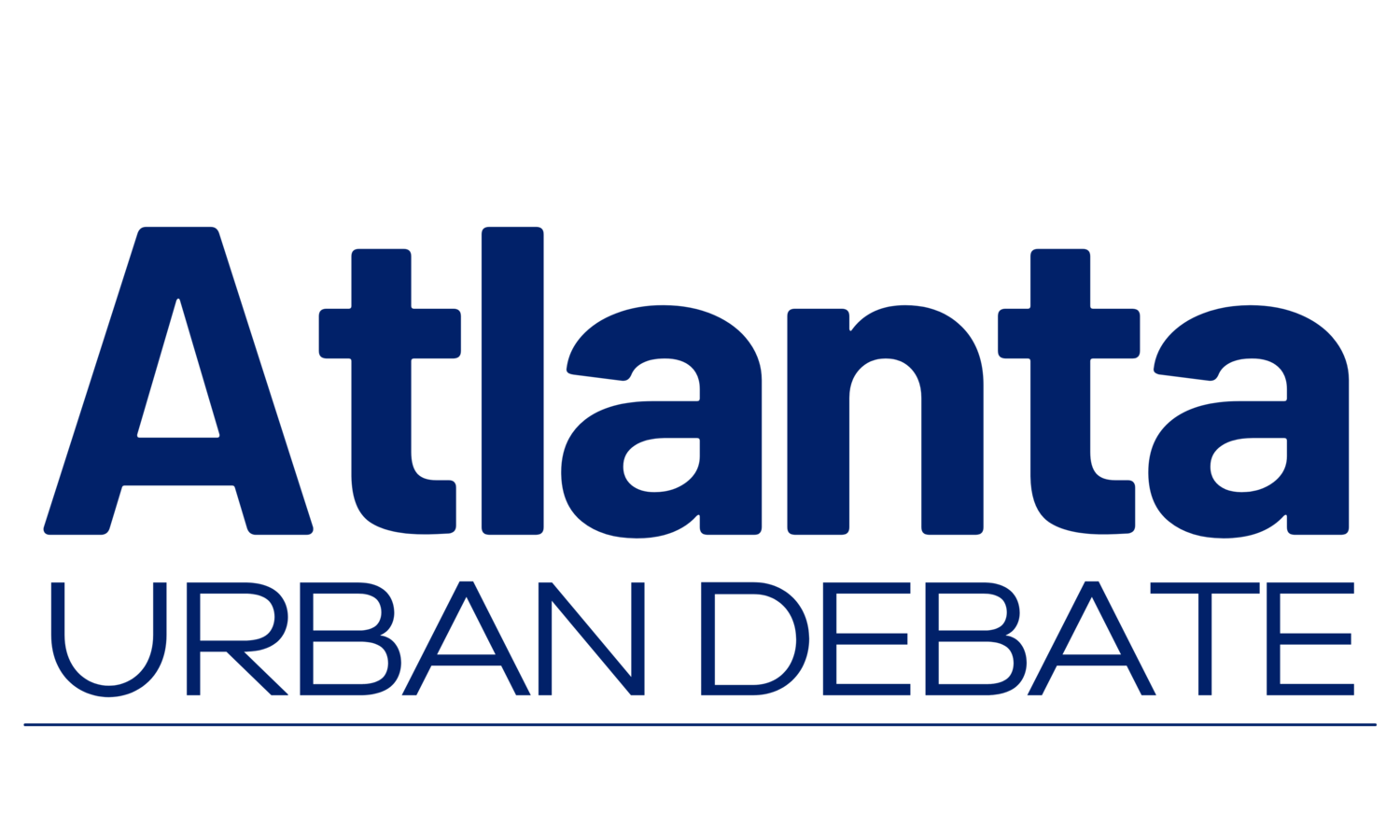The Atlanta Urban Debate League is committed to providing excellent debate education programs, services, and opportunities to diverse students, educators, and members of the community!
High School Open Curriculum Guide
Reading the Packet
You have a much larger scope of reading to do in Open debate. While you’ll only need to have one affirmative prepared, you must be ready to answer all of them. Similarly, while you don’t have to use the counterplan or the Kritik when you’re negative, you must be able to answer them when you’re affirmative.
The biggest thing you’ll need to do in Open is stay organized. The answers to the counterplan and the Kritik may not be in the same packet as the rest of your affirmative answers, so you’ll need to print them out and order them in a way that makes sense to you.
Dealing with Counterplans and Kritiks
Just like with disadvantages, you’ll want to make sure you have prepared blocks to read against these two arguments. However, unlike disadvantages, you’ll have a broader array of answers to make against them. As a result, you’ll want to pick and choose the answers you like the most and prioritize those.
In addition, these arguments can sometimes come in their own separate files, which means they may not be in the standard evidence packet. You had some experience with this in Junior Varsity, but now it’s much more important to reorganize your 2AC blocks in a way that makes sense to you. Consider pulling the answers to all off-case arguments out of their respective packets and compiling them into one binder or document.
You should also consider making longer and shorter versions of each 2AC block. Some teams may read one or two off-case arguments, while others may read more. As a result, you should have different versions prepared to fill different amounts of time!
How Should You Format Your New Evidence?
Remember, your opponents will need to have information like the author and date of your evidence. As a result, you’ll need to format each new card along the Atlanta Urban Debate League’s guidelines. Here is an example card along with the formatting guidelines for it:

